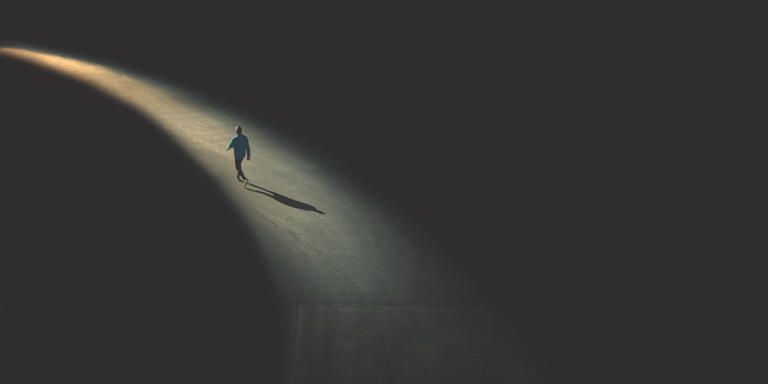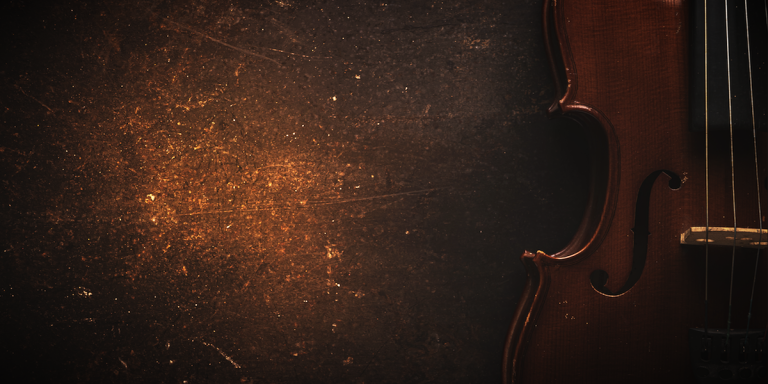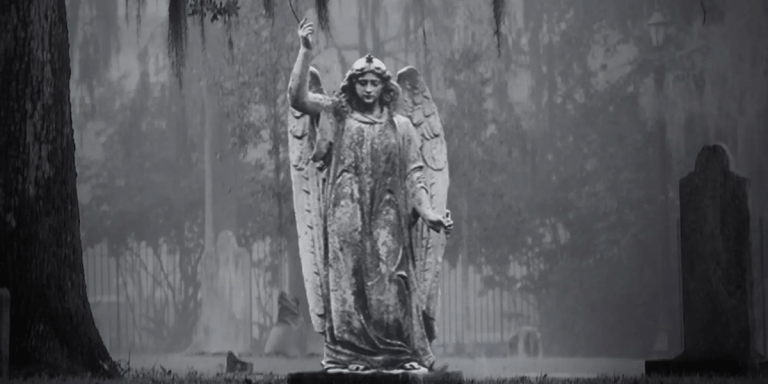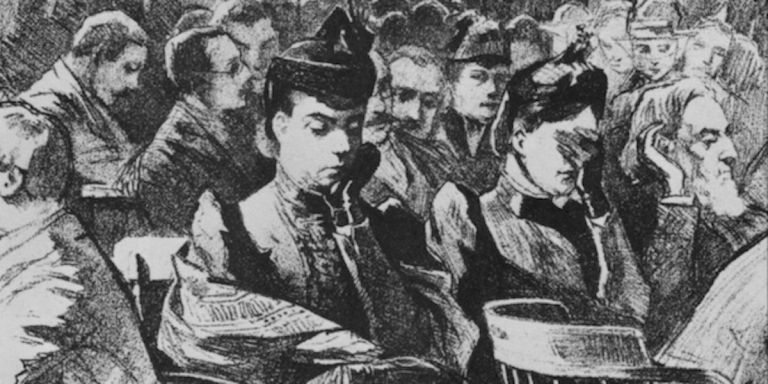The Gothic Appeal of Old Hollywood
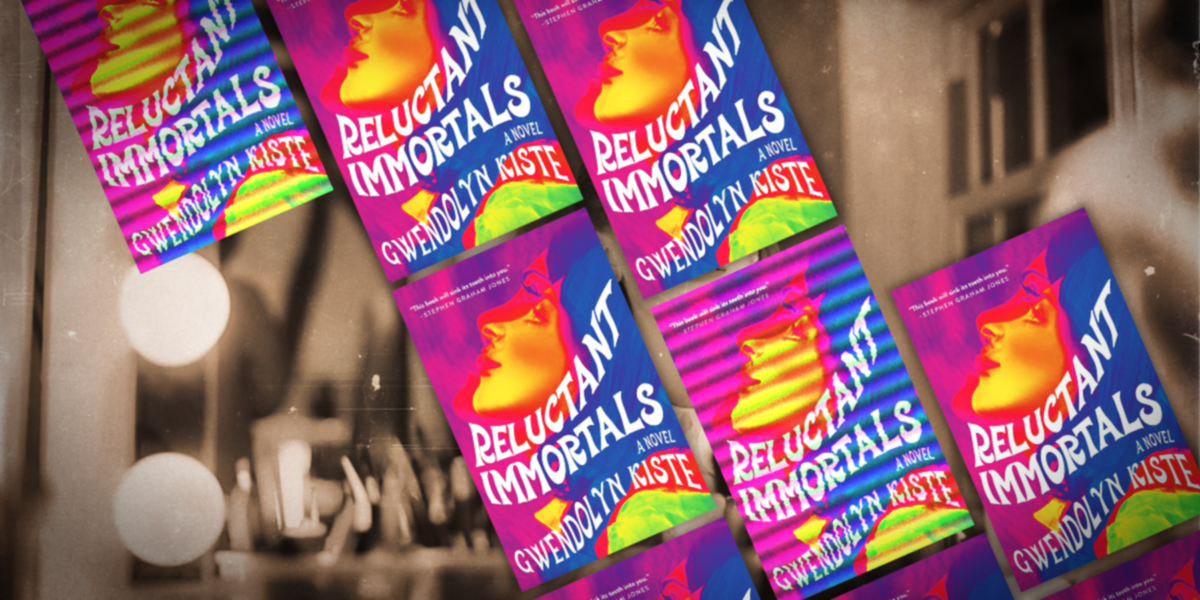 I’ve always loved stories about the movies, the kind of tales that give us a peek into the behind-the-scenes lives of the performers and directors. In particular, my favorites are the ones that deconstruct the myths of stardom. Sunset Boulevard. Whatever Happened to Baby Jane? The Bad and the Beautiful. Once upon a time, I was a screenwriter myself, but even now as a fiction author, I still find myself returning often to the world of cinema and everything it represents in our collective imaginations.
I’ve always loved stories about the movies, the kind of tales that give us a peek into the behind-the-scenes lives of the performers and directors. In particular, my favorites are the ones that deconstruct the myths of stardom. Sunset Boulevard. Whatever Happened to Baby Jane? The Bad and the Beautiful. Once upon a time, I was a screenwriter myself, but even now as a fiction author, I still find myself returning often to the world of cinema and everything it represents in our collective imaginations.
Few places are as filled with magic, both metaphorical and manufactured, as Hollywood. There’s something gorgeously gothic about the labyrinthine backlots, every empty set like a house waiting to be haunted. At first glance, though, Hollywood might not seem like a traditional setting for a horror novel, but that’s perhaps one of the most alluring aspects of the gothic. It’s everywhere. Decay is all around us, especially in America, and no matter how hard we try, we can’t entirely escape it. In the classic era of Hollywood, even film noir had a certain gothic aesthetic. It’s nearly impossible to watch a film like Double Indemnity, and not sense the ghosts of the past lurking in every shadowy corner of Barbara Stanwyck’s lonely house. Themes of murder and betrayal are omnipresent in noir, the same way they are in the gothic.
As I was writing my novel, Reluctant Immortals, set during 1967’s Summer of Love in California, I was thinking not only about the bright, sunny aspects of Los Angeles during that time but also of the more gothic and crumbling elements as well. Hollywood was a town in transition in the late 1960s. The period of New Hollywood was only about to take off with the impending release of films like Bonnie and Clyde and The Graduate, ushering in a modern era of filmmaking that would change the industry. In the meantime, however, television had edged in, drawing attention away from the silver screen and all of its glamour. Even the Hollywood Sign was in a state of disrepair back then, the letters peeling off, their tin outlines lurching in the breeze. In fact, it wasn’t until 1978 when an extensive renovation project aimed to restore the California landmark to its previous glory that the sign took on a new life.
We might now think of Rodeo Drive and gigantic McMansions, but the twentieth century offers us a very different perspective on Hollywood. And maybe that’s exactly as it should be. Because that’s one more thing that’s especially gothic about films: like an ancestral home nestled back from the road, they’re always waiting for us right where we left them. The matinee idols of yore are our own personal ghosts, forever ageless on the screen, and they’re never any further away than hitting play on your television or disappearing into a movie theater. You can slip into the past like it’s not the past at all, and there might not be anything more gothic than that.
Discover the Book
By clicking 'Sign Up,' I acknowledge that I have read and agree to Hachette Book Group’s Privacy Policy and Terms of Use
WHAT TO READ NEXT
